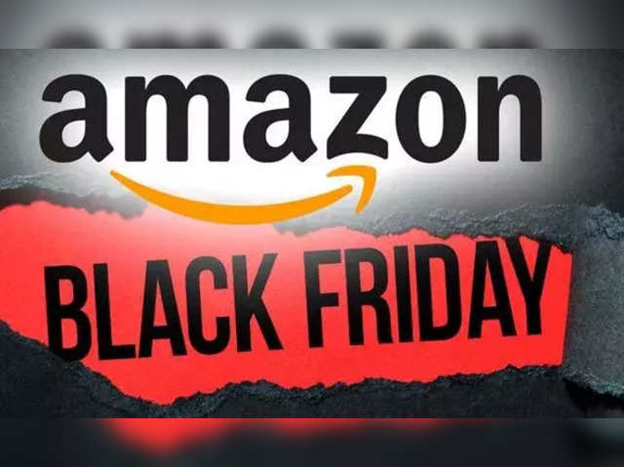A Comprehensive Analysis
Black Friday, the day following Thanksgiving in the United States, has become an iconic event in the retail calendar. Characterized by significant discounts and promotions, it marks the beginning of the holiday shopping season. Over the years, Black Friday has evolved from a single day of in-store sales to a global shopping phenomenon that spans several days and includes both physical and online retailers. This essay delves into the history, evolution, strategies, and impact of Black Friday Deals, providing a comprehensive analysis of this significant retail event.
Historical Background
Origins of Black Friday
The term “Black Friday“ originally referred to the financial crisis of 1869 when the U.S. gold market collapsed. However, it wasn’t until the 1950s that the term began to be associated with the day after Thanksgiving. Philadelphia police used “Black Friday” to describe the chaos that ensued as shoppers and tourists flooded the city ahead of the Army-Navy football game. The term had a negative connotation due to the heavy traffic, crowded sidewalks, and increased shoplifting.
Rebranding Black Friday
In the 1980s, retailers began to rebrand Black Friday, emphasizing its profitability. The idea was that retailers operated at a financial loss (“in the red”) for most of the year but would turn a profit (“in the black”) on the day after Thanksgiving. This marked the start of the holiday shopping season, with retailers offering significant discounts to attract consumers. The rebranding worked, and Black Friday became a key day for both retailers and shoppers.
Evolution of Black Friday
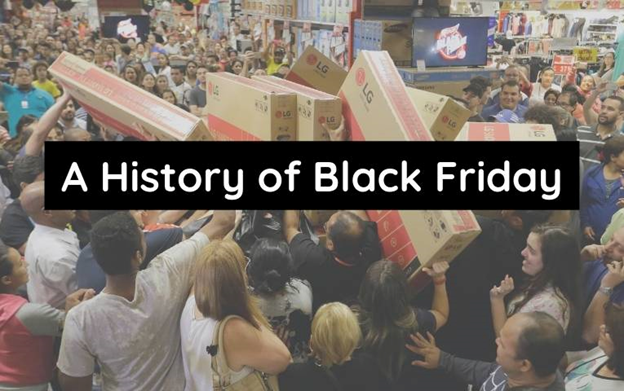
The Rise of Online Shopping
The advent of e-commerce revolutionized Black Friday. Online retailers like Amazon started offering deals days or even weeks in advance, leading to the term “Black November.” This shift allowed consumers to shop from the comfort of their homes, reducing the need to brave the crowds in physical stores. Online shopping also enabled retailers to reach a broader audience, contributing to the global spread of Black Friday.
Introduction of Cyber Monday
In 2005, the National Retail Federation introduced Cyber Monday, a day dedicated to online shopping deals on the Monday following Black Friday. This extension of the shopping frenzy catered specifically to e-commerce and provided consumers with additional opportunities to find discounts. Cyber Monday quickly gained popularity and became an integral part of the holiday shopping season.
Global Spread
While Black Friday originated in the United States, its popularity has spread worldwide. Countries such as Canada, the United Kingdom, Australia, and even nations in Asia and South America have adopted the event. Retailers across the globe participate in Black Friday, offering significant discounts and promotions to attract consumers. This global spread has turned Black Friday into an international shopping phenomenon.
Categories of Black Friday Deals
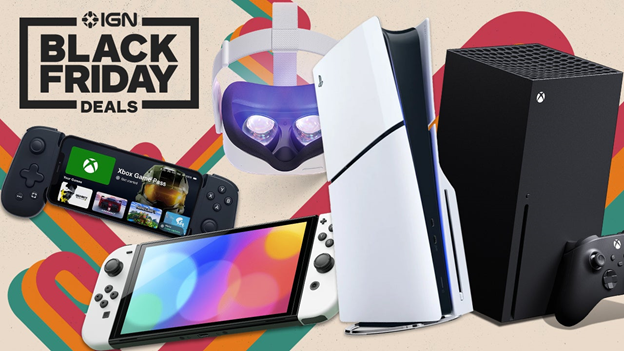
Black Friday Deals span a wide range of product categories, each attracting different segments of consumers. Some of the most prominent categories include electronics, clothing, home appliances, toys, and travel.
Electronics
Electronics are among the most sought-after items during Black Friday. Major retailers offer substantial discounts on high-ticket items such as televisions, laptops, smartphones, gaming consoles, and other gadgets. These deals are particularly appealing because they provide an opportunity for consumers to purchase expensive electronics at a fraction of the regular price.
Clothing and Accessories
Fashion retailers also participate heavily in Black Friday, offering significant discounts on clothing, shoes, and accessories. This category attracts a wide range of shoppers, from those looking for holiday outfits to those simply taking advantage of the reduced prices to update their wardrobes.
Home Appliances
Home appliances, both large and small, are another category where consumers can find great deals. This includes items like refrigerators, washing machines, vacuum cleaners, and kitchen gadgets. Black Friday provides an excellent opportunity for consumers to upgrade their home appliances at discounted rates.
Toys and Games
With the holiday season approaching, toys and games become a major focus for Black Friday Shoppers. Retailers offer discounts on popular toys, board games, and video games, making it an ideal time for parents to do their holiday shopping for children.
Travel and Experiences
In recent years, Black Friday Deals have expanded beyond physical products to include services and experiences. Travel companies, airlines, and hotels offer special Black Friday promotions, providing significant savings on vacations and travel experiences. This has opened up new avenues for consumers looking to take advantage of Black Friday Deals.
Impact on Retailers and Consumers
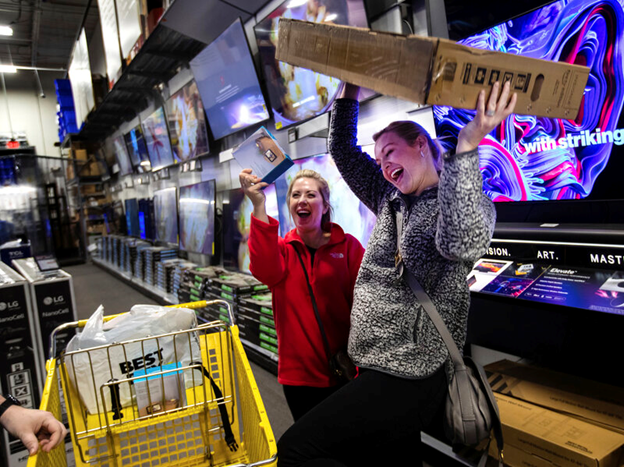
Retailers
For retailers, Black Friday is one of the most critical days of the year. It serves as a barometer for the holiday shopping season and can significantly impact their annual revenue. The high volume of sales on this day helps retailers clear out old inventory and attract new customers. However, it also comes with challenges such as managing increased foot traffic, ensuring online platforms can handle the surge in traffic, and maintaining customer satisfaction despite the chaos.
Retailers invest considerable time and resources in preparing for Black Friday. This includes planning promotions, stocking inventory, and training staff to handle the increased demand. Successful execution of Black Friday strategies can lead to significant financial gains and enhance brand loyalty.
Consumers
For consumers, Black Friday offers an opportunity to purchase desired items at a lower cost, making it an attractive event for bargain hunters. However, it can also be overwhelming due to the sheer volume of deals and the pressure to make quick purchasing decisions. Additionally, the competition for limited stock can lead to frustration and disappointment if sought-after items sell out quickly.
To navigate Black Friday successfully, consumers often employ strategies such as researching deals in advance, setting budgets, and creating shopping lists. Many use apps and websites that aggregate Black Friday Deals to compare prices and ensure they are getting the best offers. Some consumers also adopt strategies like shopping online to avoid the crowds or targeting lesser-known retailers to find hidden gems.
Black Friday Strategies
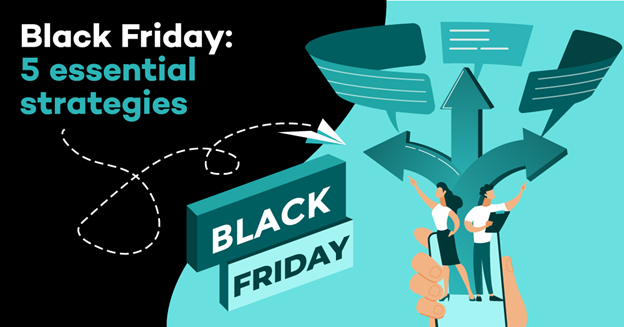
Retailer Strategies
Retailers employ various strategies to maximize their success during Black Friday. These strategies include:
- Early Promotions: Some retailers start offering deals well before Black Friday, sometimes as early as the beginning of November. This helps build anticipation and spreads out the shopping traffic over a longer period, reducing the risk of overwhelming their systems and staff on a single day.
- Teaser Ads: Retailers release teaser ads and previews of their Black Friday Deals to generate buzz and excitement. These ads often highlight door busters and limited-time offers that are designed to draw shoppers in.
- Loss Leaders: Many retailers use loss leaders, which are heavily discounted items sold at a loss to attract customers. The goal is to lure shoppers into the store or onto the website, where they may also purchase higher-margin items.
- Exclusive Deals: Retailers often offer exclusive deals to members of their loyalty programs or subscribers to their newsletters. This helps build customer loyalty and encourages more frequent shopping.
- Omni-Channel Strategies: With the rise of e-commerce, retailers adopt omni-channel strategies that integrate their online and offline operations. This includes offering options like buy online, pick up in store (BOPIS) and providing consistent deals across all channels.
Consumer Strategies
Consumers also develop strategies to make the most of Black Friday Deals:
- Research: Savvy shopper’s research deals in advance to identify the best offers and create a shopping plan. This includes comparing prices across different retailers and reading reviews to ensure they are getting quality products.
- Budgeting: Setting a budget helps consumers avoid overspending and ensures they prioritize the items they need the most.
- Shopping Lists: Creating a shopping list helps consumers stay focused and avoid impulse purchases. It also makes it easier to navigate the plethora of deals available.
- Price Tracking: Some consumers use price tracking tools and apps that alert them when prices drop on desired items. This helps them take advantage of deals as soon as they become available.
- Timing: Knowing when to shop can make a big difference. Some deals are better on Black Friday itself, while others may be available earlier or later. Consumers who are flexible with their timing can often find better deals.
Ethical and Environmental Considerations
While Black Friday offers significant savings, it also raises ethical and environmental concerns. The focus on consumerism and the pressure to buy more can lead to waste and environmental degradation. Additionally, the working conditions for retail employees can be challenging during this busy period.
Environmental Impact
The production, transportation, and disposal of consumer goods have a significant environmental impact. The surge in purchases during Black Friday contributes to increased carbon emissions, resource depletion, and waste. Many consumers are becoming more aware of these issues and are seeking ways to shop more sustainably.
Ethical Concerns
Retail employees often face long hours and high stress during Black Friday. The pressure to handle large crowds and manage inventory can lead to burnout and dissatisfaction. Some retailers have responded by improving working conditions, offering better pay, and providing additional support during the holiday season.
The Future of Black Friday

The future of Black Friday is likely to continue evolving with technological advancements and changing consumer behaviors. Several trends and factors will shape the future of this retail event:
Technological Advancements
Advancements in technology will continue to transform Black Friday. The rise of mobile shopping, artificial intelligence, and augmented reality will create new opportunities for retailers and consumers. Personalized recommendations, virtual try-ons, and seamless checkout experiences will enhance the shopping experience.
Sustainable Shopping
As environmental awareness grows, both retailers and consumers are likely to prioritize sustainability. This includes offering eco-friendly products, reducing packaging waste, and promoting responsible consumption. Black Friday Deals may increasingly feature sustainable products and practices.
Changing Consumer Behaviors
The way consumers shop is constantly evolving. The COVID-19 pandemic accelerated the shift to online shopping and changed consumer expectations around convenience and safety. These changes are likely to persist, influencing how Black Friday Deals are structured and promoted.
Global Expansion
Black Friday’s global expansion is expected to continue, with more countries and retailers participating in the event. This will create a more diverse and competitive landscape, offering consumers a wider range of deals and options.
Conclusion
Black Friday Deals have become an integral part of the holiday shopping season, offering


